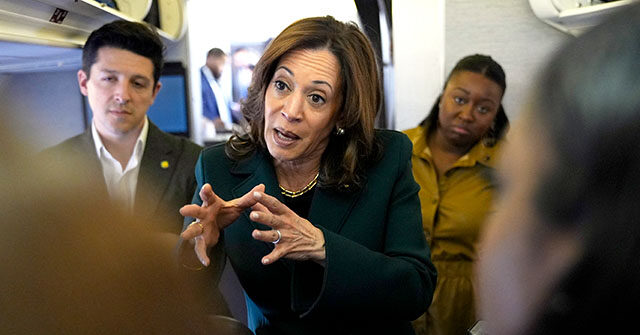As the countdown to the 2024 election intensifies, concerns are escalating among Democrats and media commentators regarding Vice President Kamala Harris’s viability as the Democratic candidate against former President Donald Trump. Early voting trends indicate that Republicans are exceeding expectations in critical swing states. The Democrats’ lead in early voting, while still present, is perceived as tenuous given that more than 15 million ballots have been cast, including significant numbers in battleground states. This development has led to increased anxiety within the Harris campaign as it grapples with potential voter disengagement within key demographics crucial for Democratic success, including Latinos, Black men, and young voters.
The Harris campaign appears to be in damage control mode amid reports of a lackluster enthusiasm among its traditional voter base. As early vote results highlight Democrats’ struggles in areas such as Philadelphia, Atlanta, and Las Vegas, campaign strategists like Dan Turrentine have articulated concerns that indicate a need for immediate re-strategizing. This assessment suggests that the campaign’s messaging may need to shift dramatically to drive voter mobilization within their core groups. Reports hint at an internal acknowledgment that the urgency of the situation has caused considerable stress among Democrats, leading them to reassess their strategy just weeks before the election.
Moreover, inside Democratic circles, there is a growing pessimism about the potential outcome of the election. David Plouffe, a senior adviser to Harris’s campaign, has warned that current realities indicate Trump could perform significantly better than anticipated, potentially securing nearly half the vote in a tightly contested race. With historical precedents suggesting that elections often narrow down to razor-thin margins, there is a palpable fear that Democrats may be vulnerable in states where they have traditionally had an advantage. With discussions emerging about gauging the viability of maintaining dominance in states like Michigan, Wisconsin, and Pennsylvania, the atmosphere within the party seems fraught with uncertainty.
Media analyses have also reflected a level of disbelief regarding the ongoing dynamics of the race, with some questioning if Joe Biden might have been a stronger candidate at this juncture. The narrative surrounding Biden’s age has resurfaced, alongside speculation about whether his absence from the campaign stage has contributed to the party’s current predicament. For example, the outcome of a contentious debate between Trump and Harris raised questions about Biden’s effectiveness, prompting some Democrats to wonder if their reliance on Harris might have been misguided.
The Harris campaign is reportedly on high alert regarding potential shifts in voter sentiment in states viewed as critical to their strategy. As the “blue wall” faces challenges, particularly in states like North Carolina, concerns about electoral shifts and the possibility of losing ground have taken priority in campaign discussions. Sources indicate that there is anxiety within the campaign about the prospect of losing even one of the key states that have historically secured electoral victories for Democrats. This could lead to strategic adjustments that prioritize messaging and outreach in these vital areas.
In the final stretch leading up to Election Day, Harris aides are making concerted efforts to redirect the narrative around a potential Trump presidency, which they frame as detrimental to progress. The goal is to convince voters that a second term for Trump would exacerbate issues within the country, while simultaneously positioning Harris as a viable alternative for change. The urgency of this message has been emphasized in meetings with donors and campaign strategists, reflecting the precariousness of the election landscape. Without dramatic shifts in voter engagement and confidence, the outcome remains uncertain, pointing to a potentially seismic political shift that could redefine the balance of power.

